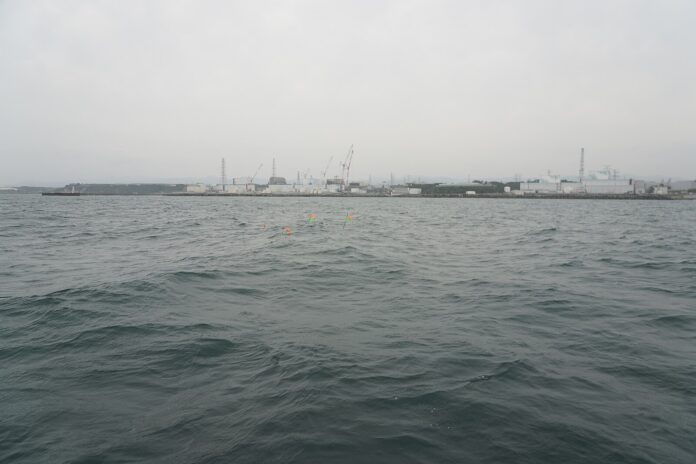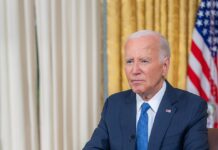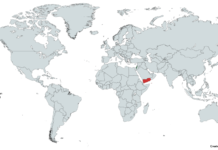Japan has gradually started releasing treated radioactive water from Fukushima nuclear power plant waste into the Pacific Ocean. The release began on August 24, despite objections from China and concerns raised by local fishing communities. The plan has faced backlash from China, local fishing groups, and environmental activists who fear potential impacts on the environment, health, and ecological consequences.
The decision to release more than 1 million metric tons of treated radioactive water was approved by the Japanese government two years ago to aid the decommissioning process of the Fukushima plant. The contaminated water resulted from the 2011 tsunami and earthquake that led to a nuclear meltdown at the plant. The plan has faced backlash from China, local fishing groups, and environmental activists who fear potential reputational damage in the ocean.
Prime Minister Fumio Kishida confirmed the water release’s initiation, which began with a smaller discharge of 7,800 cubic meters containing tritium, a radioactive hydrogen isotope, over 17 days. Tritium is notoriously difficult to remove from contaminated water, so the approach taken by Japan involves controlled dilution to reduce its concentration.
Proponents argue that the release adheres to international safety standards. IAEA (International Atomic Energy Agency), a UN nuclear watchdog, conducted assessments that deemed the impact on human health and the environment to be negligible. However, skepticism remains, with some scientists, environmental groups, and neighboring countries expressing concerns about the potential long-term effects on marine life and ecosystems.
China responded by imposing a ban on Japanese seafood, a move some see as politically motivated rather than scientifically grounded, given the low levels of radiation. Additionally, concerns were voiced by local fishing communities who fear economic ramifications due to potential consumer backlash.
The debate highlights the complex interplay between scientific assessments, governmental decisions, and public sentiment. While the IAEA’s endorsement lends credence to the safety of the water release, divergent opinions from experts underscore the ongoing uncertainty surrounding low-level radiation exposure and its potential consequences.
As Japan proceeds with its planned releases, it faces the challenge of communicating its rationale effectively to the public and addressing domestic and international concerns. Striking a balance between responsible waste management and environmental preservation remains a significant task, with the ultimate impacts of this decision potentially reverberating for years.
Image is licensed under the Creative Commons Attribution 2.0 Generic license and was created by IAEA Imagebank.









